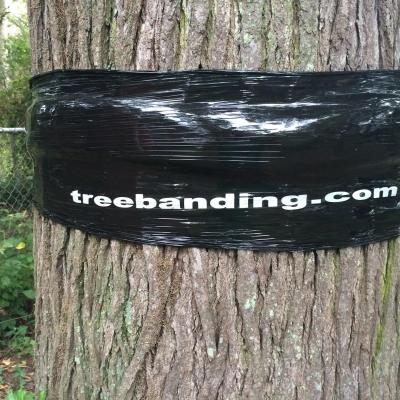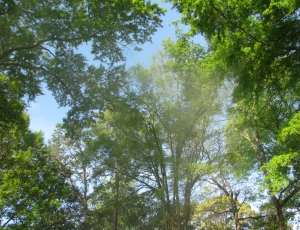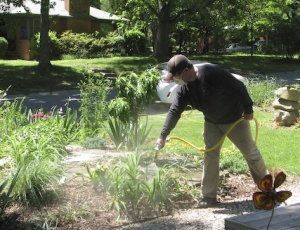
How Banding Works
Posted by Admin
Tree Banding is a mechanical barrier that is fitted to the tree. The flightless moths must climb the tree to lay their eggs. The band is designed to force the bug to crawl over it, not underneath. We use a non-toxic adhesive, Tanglefoot. It is applied in a timed manner allowing it to be in place for more than 95% of the migration period. There are a number of methods used and ‘acceptable’, however some methods are more effective than others. The material we use is the most ‘green technology’ possible.
Our bands are the tightest, most weather resistant bands available. They are completely sealed on both sides. This design prevents squirrels (we have also found mice, roaches, spiders, snakes, etc.)from getting into them customers bands which we found when we were asked to remove them for new customers. We remove all of our bands FREE OF CHARGE, starting in April. Leaving the band on over extended periods of time is as destructive to the tree as the Canker Worms can be! Insects and mold can devastate the tree as well as leave a long lasting ring around the trunk.



